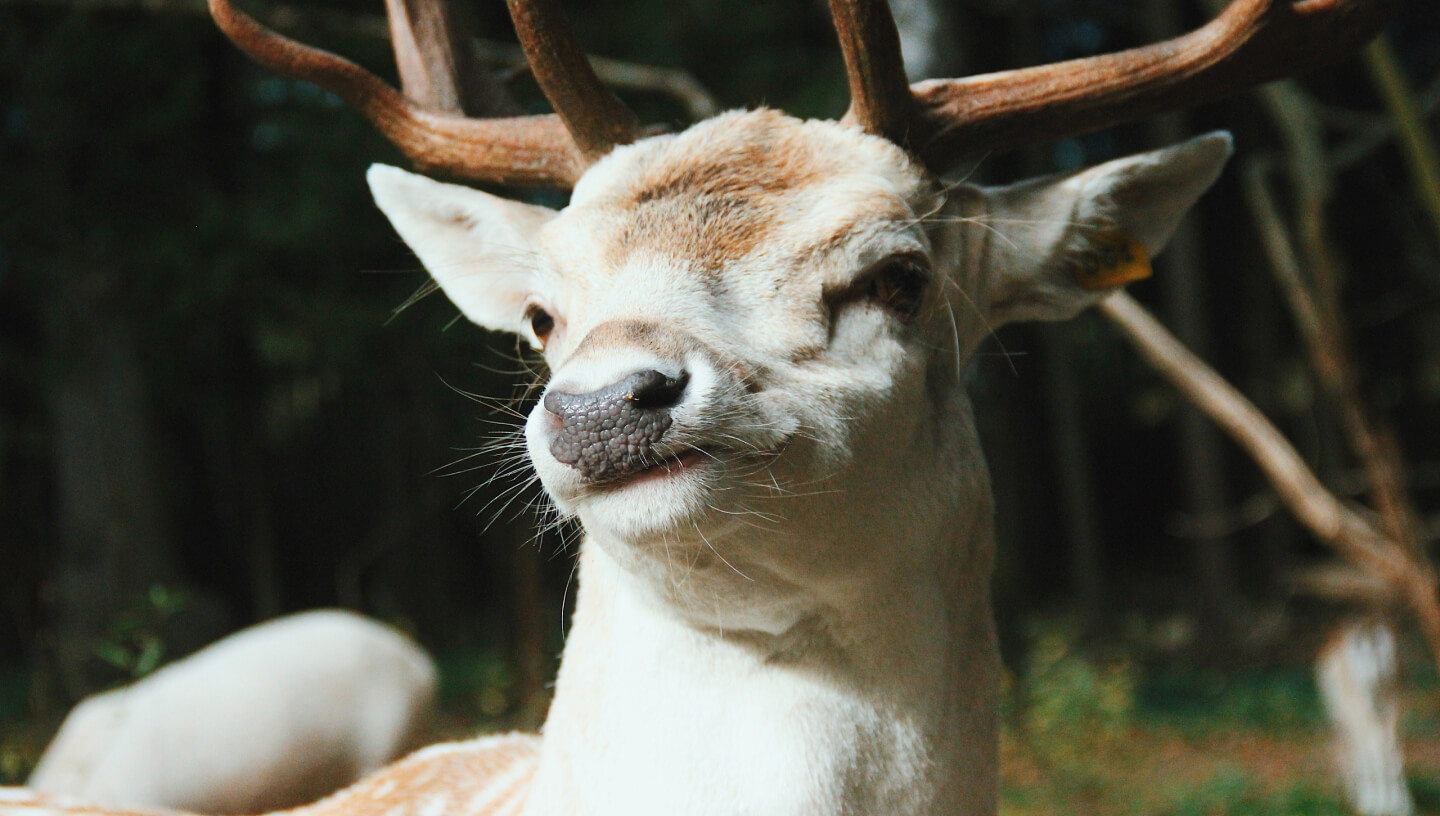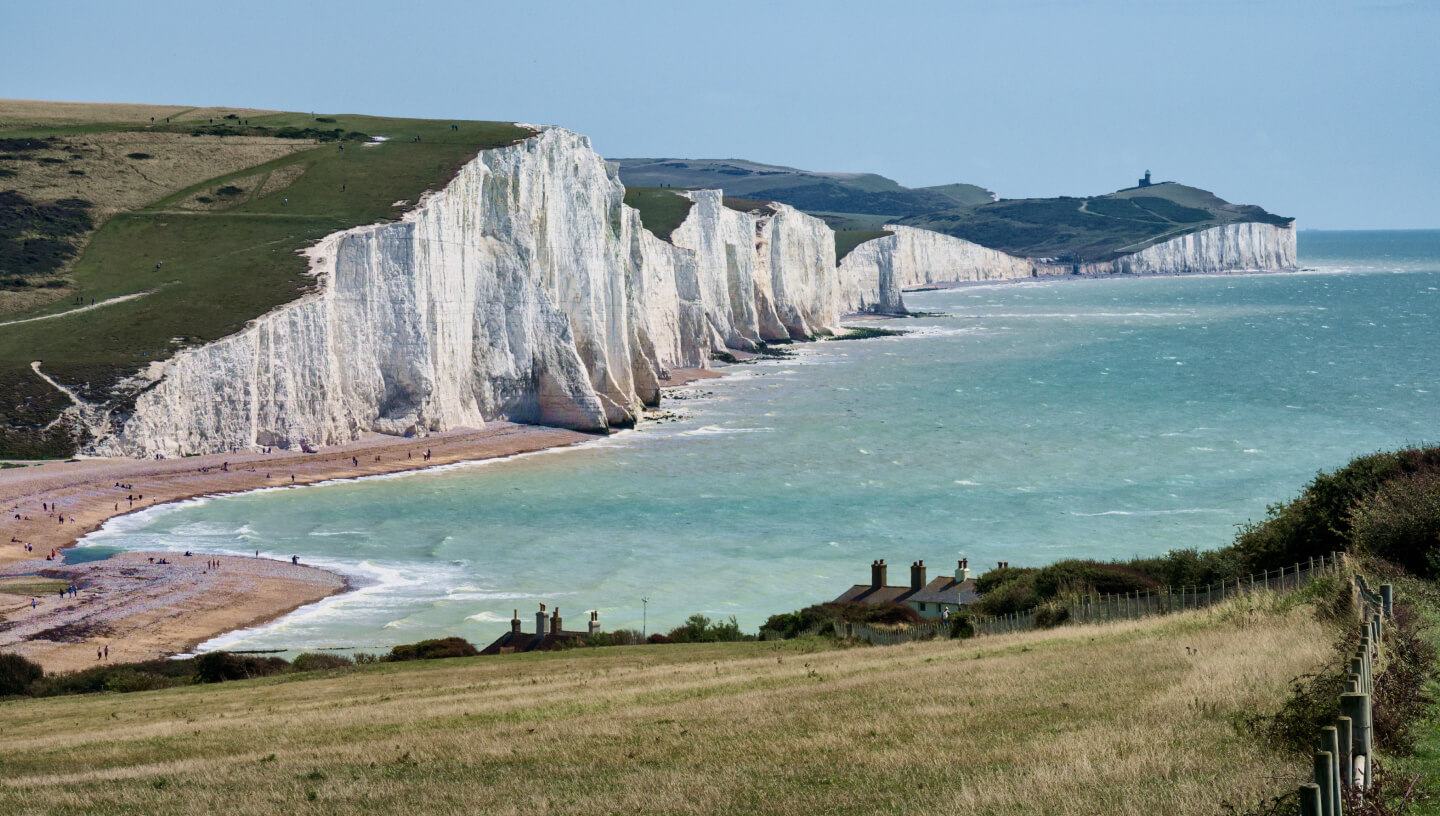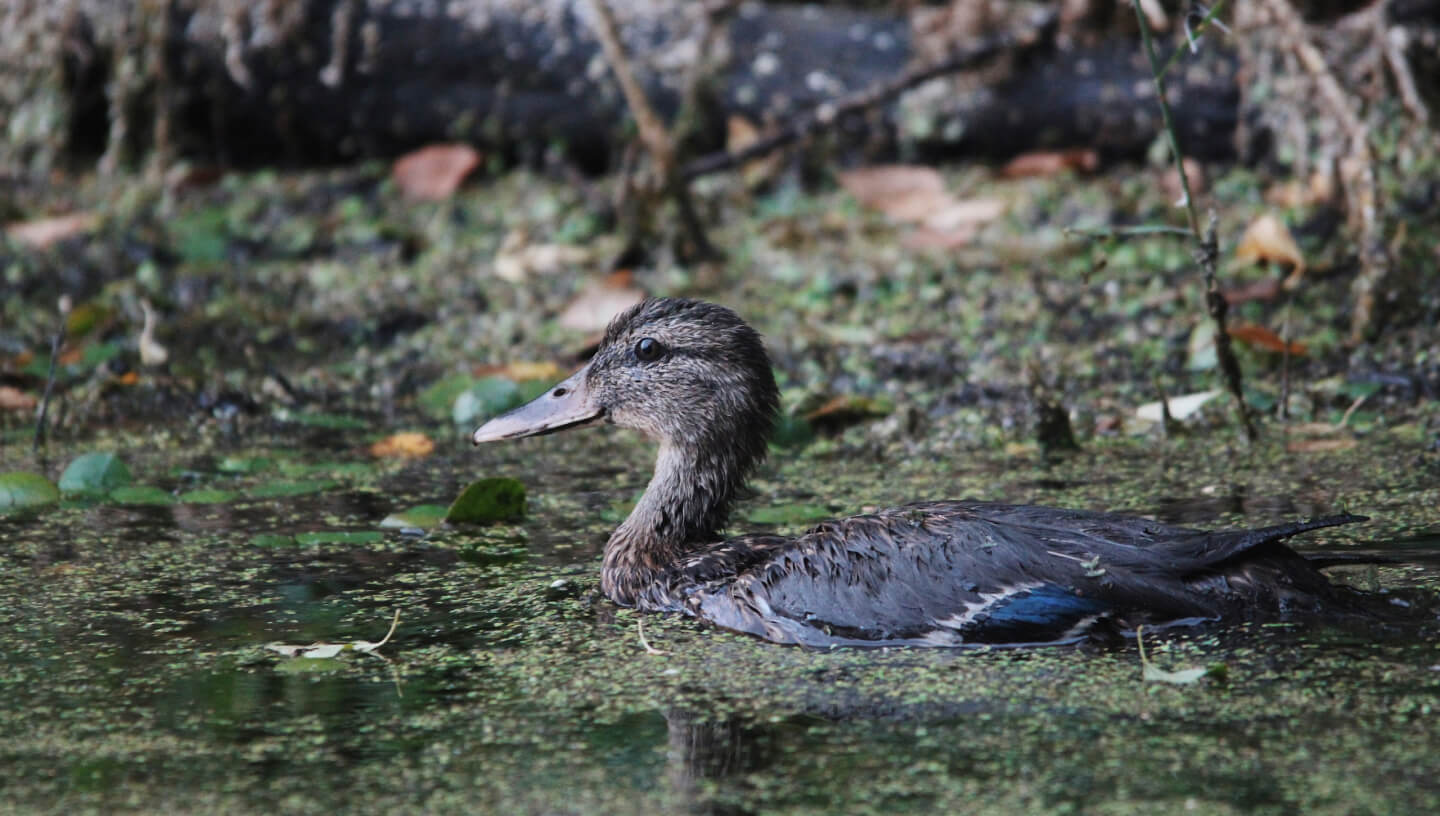Biodiversity on the planet is declining. By disrupting the natural balance of nature, humans are “digging themselves a hole”. Let’s talk about the importance of preserving biodiversity and the benefits of caring for nature for humans.
The problem was not even born yesterday. As far back as antiquity, primitive man, having begun to exploit the land and domesticate several animal species, thereby invaded the original natural world, in effect declaring himself its master. But the human population has never been as large as it has been in recent centuries. The agricultural technologies of the past have not done as much damage to nature as those used in the last century and a half.
Today, man’s aggressive impact on nature is manifested in large-scale deforestation, the dumping of industrial waste into water bodies, the use of pesticides in agriculture, not to mention the emission of greenhouse gases. But in all this, we forget that we ourselves are part of the planet’s ecological system and depend on its well-being, just as all other species and forms of life on Earth do.
The human choice to conserve biodiversity is an ethical choice, but it can also have clear economic benefits. As Karin Kemper, the World Bank’s Director for Environment and Natural Resources, said: "Nature is not a luxury, but a foundation for economic stability, poverty reduction and shared prosperity.
Why to preserve the planet’s biodiversity
In scientific circles, biodiversity refers to life in all its biological manifestations: living organisms, genetic stocks, plants and ecosystems. There are two main reasons for conserving biodiversity in nature. Firstly, each species has evolved over millions of years and the evolution of organisms does not stop now. Current species will therefore be the basis for the emergence of other organisms in the future. Secondly, all species play important roles in their ecosystems, complement each other and are in an interdependent state (this applies to food chains at least). The disappearance of one species can lead to changes in an entire ecosystem.
Human genetics are also of particular importance in the conservation of biodiversity — attention to indigenous, aboriginal peoples, protection of their habitat, culture and way of life, creation of conditions to increase their numbers in their original habitat.
From an ethical point of view, living organisms are valuable in their own right. They are all unique and important in maintaining ecological balance. At the same time, they also have quite a material value. And the easiest way to use biodiversity is to produce food, manufactured goods and so on. In addition, the study of the planet’s biodiversity allows many fundamental discoveries to be made, which are then used, for example, to create new medicines or cosmetics.
 Photo: Department of Natural Resources of Moscow
Photo: Department of Natural Resources of Moscow
Challenges in the field of biodiversity protection
The world community has been seriously concerned with the issue of biodiversity conservation in recent decades. In 1992, the Convention on Biological Diversity was created under the auspices of the UN, signed by 168 countries of the world. According to this document, the conservation of biodiversity is to be done in two ways: in-situ (in the habitat area) and ex-situ (outside the habitat area).
The document clearly defines the range of biodiversity conservation objectives. One of the first is economic one. It implies the inclusion of biodiversity in a country’s macroeconomic performance and potential economic returns from biodiversity, i.e. direct (raw materials for medicine and agriculture) and indirect (ecotourism). Provision is also made for the costs of restoring destroyed biodiversity.
A particular challenge is the role of governance — building partnerships through the involvement of governmental and commercial organisations, non-governmental organisations, local communities and the general public in collaborative activities. The role of the state in biodiversity conservation remains a defining one. States have the right to exploit their own biological resources and are responsible for the conservation of biodiversity and the sustainable use of biological resources. They also have a duty to ensure that activities under their jurisdiction or control do not harm the biodiversity of other states or areas.
Governance is closely linked to legislation. It is therefore a specific legal task to incorporate biodiversity-related terms and concepts into all relevant legislation, creating legal support for the conservation of biodiversity.
The development of science in the field of biodiversity studies is one of the most important tasks. It is scientifically possible to study and identify the habitat problems of different life forms, to show timely attention to endangered species and to find the right solutions for their conservation. And, of course, this includes the development of biotechnology and the production of medicines.
Preserving biodiversity in today’s world
There are now many large and small biodiversity conservation organisations. These include public and private organisations and foundations, some of which operate on the basis of private donations.
Private or public investment in nature study and conservation is not only an ethical gesture, but also has significant economic benefits. The investments range from developing national parks to running biodiversity restoration projects and running research centres.
In October 2021, it was announced that the Revere Centre in the UK was to develop nature restoration projects. The centre has been funded by Santander UK, The Estée Lauder Companies UK & Ireland, Southern Co-op and Capita. Together, the partners are creating sustainable funding models to raise £240 million by 2030 to restore peatlands, forests, wetlands and rangelands in the country’s national parks. One of Revere’s projects is to restore degraded peatlands in the Cairngorms National Park in Scotland, which will generate income for landowners. There is also a plan to convert hundreds of acres of arable land in the South Downs National Park into woodland pasture.
 Photo by: Spod / iStock
Photo by: Spod / iStock
In addition to the obvious positive contribution to conservation and restoration, it is already recognised that Revere projects generate income through the sale of ecosystem services, creating new revenue streams for farmers and landowners seeking to improve landscape quality and maintain biodiversity.
There are some 400 national parks in the USA. They employ more than 20,000 people. By paying taxes, every American is thought to be contributing to the conservation and development of natural parks. However, these contributions represent a very small part of the parks’ costs of conserving biodiversity. The National Park Service (NPS) budgets parks and attracts investment. Currently, private investor companies receive concessions to manage visitor services in national parks and collect visitor fees.
An international meeting on biodiversity conservation and funding was held in New York on 20 September. Representatives from Germany said that they were boosting international funding for biodiversity conservation by €0.87 billion per year, to a total of €1.5 billion per year. This is only a small fraction of the international and national programmes in place.
Development of biotechnology
Recent advances in biotechnology have demonstrated the importance of genetic material from plants, animals and microorganisms for agriculture, health, human welfare and environmental protection. Initially, biotechnology is an interdisciplinary and innovative field that uses living organisms, biological systems or derivatives thereof to modify, develop processes and identify health-related product and therapeutic outcomes.
Several forms of biotechnology development can be distinguished: genetic engineering, cloning, bionics, cryonics and pharmacology. Constant innovation and development related to molecular biology has also led to the emergence of new research areas, including genomics, metabolomics and proteomics. Developments enable the creation of new drugs as well as other types of medical products, such as prostheses or organs (it is now possible to perform complex surgical operations to implant organs or parts of organs, such as heart muscles, cartilage or skeletal tissue grown from animal stem cells — above all from pigs) in humans.
The practice of in-vitro fertilisation (IVF), which has made it possible for many infertile women to have children, is also an advance in biotechnology. The same practice has also been used to save the populations of many endangered animal species.
US-based Global Market Insights has estimated the biotech investment market to be worth $497 billion in 2020. The market is projected to grow at a compound annual growth rate of more than 9.4% from 2021 to 2027. The growing use of biotech solutions has facilitated the development of therapeutic proteins and other drugs. With the increasing diversity and prevalence of chronic diseases, the need for research, discovery and drug development is only increasing. But beyond that, biotechnology is increasingly being used not only in medicine but also in other industries because of the extensive nature of its applications. The growing use in agriculture, due to the increasing demand for organic products, is also contributing to market growth. All this proves the feasibility of investing in biotechnology and the economic benefits.
 Photo: Department of Natural Resources of Moscow
Photo: Department of Natural Resources of Moscow
Conservation of biodiversity in Russia
According to the Russian Academy of Sciences, the vertebrate fauna of the Russian Federation includes 1,513 species: 320 species of mammals, 732 species of birds, 80 species of reptiles, 29 species of amphibians, 343 species of freshwater fish and nine species of cyclostomes. In addition, 1,500 species of marine fish occur in the seas surrounding Russia. The fauna of invertebrates includes more than 150 thousand species. Among this diversity there are many endangered species included in the Red List.
Since the mid-20th century, a major campaign has been conducted in Russia to conserve such rare species as the Amur tiger, Amur (Far Eastern) and Near Eastern leopard, bison and others.
The range of the Amur tiger is relatively small. Most of the animals inhabit the Russian territory on the banks of the Amur and Ussuri rivers. Until the 1940s, tigers were exterminated by hunters for their valuable furs, until about 30 to 40 animals were left in the world. Since that time the Amur tiger has been put under protection of the state, while hunting is strictly prohibited. To date, the number of the Amur tiger has increased to about 500 animals, i.e. as many as their present habitat can accommodate. The number of Amur tigers is no longer considered critical. There are plans to expand the Amur tiger’s habitat to include land in northern China.
The Far Eastern leopard is under special state protection. Primorsky Krai is home to the Land of the Leopard national park, where special conditions have been created for the life and breeding of these animals. Over the past 20 years, thanks to the efforts of conservationists, scientists and the park’s staff, the leopard population has increased from 35 to 121 animals.
Since 2006 the Russian Federation has been running a programme for the reintroduction of the Persian leopard in the Caucasus, set up by WWF-Russia together with the Russian Academy of Sciences. These animals can be found in many countries of West Asia and the Caucasus, such as Iran, Afghanistan, Turkmenistan, Azerbaijan, Turkey and Georgia, as well as in the Republic of Dagestan in Russia. At the end of the twentieth century this species of leopard was on the brink of extinction. In Russia the population of the Persian leopard numbered 10. But thanks to the programme, the number has grown: between 2013 and 2016 alone, 14 kittens of the Persian leopard were born at a special Breeding and Rehabilitation Centre based at the Sochi National Park.
The bison population in the Russian forests has reached almost 450 individuals. Free populations of the purebred bison in the Caucasus, practically destroyed in the late 1990s, have been purposefully restored. The number of bison in two groups (in the Tsey Nature Reserve in North Ossetia and the Teberda Nature Reserve in Karachay-Cherkessia) has reached 90 individuals.
In addition to care for endangered mammal species, there are programmes for the conservation of birds (e.g. red-breasted goose, peregrine falcon, Crested Cormorant) and fish (Siberian carp, sterlet, Black sea trout and others).
Author: Catherine Lidskaya
Cover photo: USO / iStock








Comments